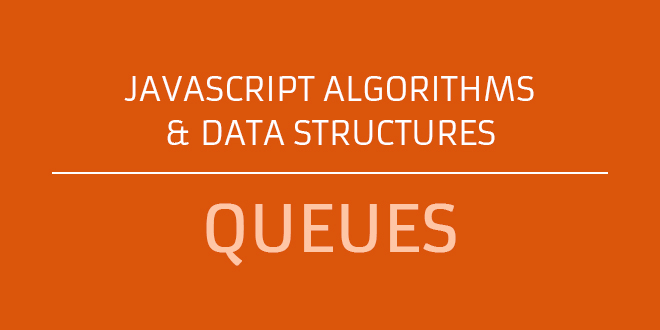As we journey down the lane of data structures, you may or may not have noticed a pattern for how we access data. Since the underlying data storage we have used have been arrays, we have had to rely heavily on using numeric type indexing to retrieve values. Even though in stacks and queues we were only interested items at the top or front, indirectly we were still using some sort of indexing to get those item values. Also when we did traversals in our data structure, it was based on indexing. While this has served us well, sometimes you want to put more meaning into how you retrieve values. Asking for items[0], doesn’t really give a clear definition of what is being asked for. Read More
Archive for July 2017
Javascript Queues
In the previous chapter, we learned about the Stack data structure. We will be talking about javascript queues in this post. The difference between a stack and a queue is the way items are added and removed. While items in a stack are LIFO collections, items in a queue are FIFO (First In First Out). A queue returns items in the same order it way added. The first to get in, is the first out! Lets see how this relates to the real world. Think of a grocery store or the bank cashier for example. The people who join the line, checkout out in the order they got in. If you are in line first, you get served first. If you are last in line, you are served last. Anyone who enters the bank goes to the back of the line (in queue). The same applies when you tell a printer to print a document. The items to print are queued, and are printed on a first come first serve bases. In software development, queues are used in multi threading and concurrency situations, where tasks that are waiting to be processed, are executed in an order of FIFO. Read More

